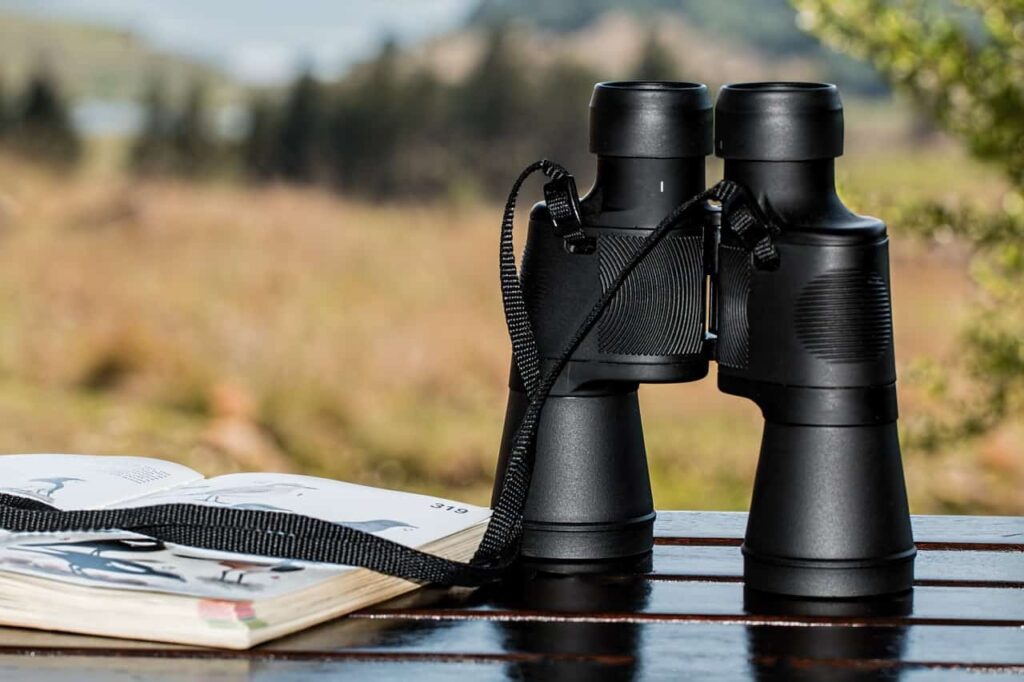Clinical trials: you’ve probably heard of them and are seeing them in the news regarding new drugs and vaccines coming on the market.
However, before medical interventions are approved, researchers must test them for safety and effectiveness via a standard clinical trial process. This guide gives you a quick overview of how the procedure works in language that is easy to understand.
Here is what you’ll learn:
- How clinical trials are defined
- Two main categories of clinical trials
- Different types of clinical trials
- Stages of clinical trials
- Clinical trial examples
When you’re done with this guide, you’ll have the information you need to understand the basics of clinical trials and how they work. That way, you’ll be able to make informed choices about what drugs you choose to take and what side effects they might have on your body.
What are clinical trials?
Pharmaceutical interventions and therapies must have regulatory approval before being allowed on the consumer market. To obtain approval, clinical trials are conducted to prove safety and efficacy.
According to the National Institute of Health in the United States, clinical trials are “research studies performed in people that are aimed at evaluating a medical, surgical, or behavioral intervention”. The European Union has a similar definition, stating that a clinical trial is “the establishment of scientifically-controlled investigations done on humans to confirm or demonstrate the efficacy and safety of pharmaceutical treatments under research.”
Clinical Trial Categories
Two main categories of clinical trials are interventional and observational.
Interventional
Researchers perform interventional studies to learn how a specific drug or treatment affects the human body. Participants in this type of study are divided into different groups and are either given the treatment or a placebo while researchers compare the effects over time. An example is testing a vaccine by giving the injection to one group while injecting the other with a saline solution.
Observational
Observational studies compare people in different scenarios without researcher interference. An example of such a study is to follow two groups for 20 years: one that exercises an hour a day and a sedentary group. Researchers can then track changes in their body weight, cardiac health, blood sugar, and other biomarkers.
Types of Clinical Trials
There are several different types of clinical trials within the observational and interventional categories that include:
Feasibility and Pilot Studies
Clinical trials can cost millions of dollars while posing risks to participant health. That’s why some researchers choose to conduct a feasibility or pilot study to test concepts, estimate subject volunteer rates, and determine an optimal length of time to complete the research. If the feasibility or pilot study is successful, researchers may then proceed with a more extensive study.
Prevention Trials
Prevention trials are conducted to determine if a specific intervention or treatment can prevent disease.
Screening Trials
Screening trials are used to determine if testing is reliable for a specific disease or to find early indicators of an illness before it appears. The main goal is to determine if there is a cost-benefit to identifying a disease in its early stages.
Cross-Sectional Research
Cross-sectional research is an observational study that takes data at a specific point in time from a population or a representative subset. The information is then used to analyze a particular element of the population, such as the prevalence of a health condition.
MAMS (multi-arm multi-stage) Trials
Some clinical trials aim to test various treatments while keeping a standard control group. This is called a multi-arm trial, where multiple treatment groups (arms) are tested alongside a control group.
Cohort Studies
A cohort study tracks a group of people across time. This type of study typically assesses environmental factors and exposure to risk variables. An example is monitoring smokers and non-smokers over several decades to observe the effects of the habit.
Case-Control Studies
Case-control studies are designed to determine if a specific exposure is associated with an outcome. Researchers first identify cases with and without the condition and then look back in time to determine if particular exposures resulted in the disease.
Clinical Trial Stages
Clinical trials for medical treatments are generally conducted in phases or stages that include:
Phase 1
The first phase of clinical trials is where researchers test administration methods, dosages, side effects, and safety. This phase is typically conducted on dozens of participants.
Phase 2
Phase 2 is usually a continuation of Phase 1, where researchers increase the size to hundreds of subjects in order to obtain more information on safety and effectiveness.
Phase 3
Following the completion of the first and second phases of clinical trials, researchers commence the third phase to determine the effectiveness of the treatment compared to an existing treatment.
Phase 4
The fourth phase of clinical trials typically begins after the treatment has been approved. During this stage, researchers study adverse effects not seen in the previous three phases and test how the medical intervention performs in the long run.
Clinical Trial FAQs
Do all drugs undergo clinical trials?
All drugs approved by a major governmental authority typically undergo the clinical trial process.
How long does it take for a vaccine to become approved?
The time span to approve a vaccine is typically 3-10 years.
What is clinical trial diversity?
Clinical trial diversity is a part of the study design that ensures participants have different characteristics based on age, gender, weight, race, and ethnicity. This ensures that researchers obtain safety and efficacy data that includes various people in diverse population groups.
Clinical Trial Examples
- Ashwagandha: Randomized, double-blind, placebo-controlled studies have shown that ashwagandha can reduce stress and anxiety.
- High-Intensity Interval Training (HIIT): Studies have shown that HIIT can maximize fat burning and improve cardiovascular health.
- Nootropics: Some nootropic supplements can help you improve memory, boost concentration, and increase focus. Check out our Scientific Guide to Nootropics to get a complete list of studies (and you may want to grab a coffee because there are a lot!)


